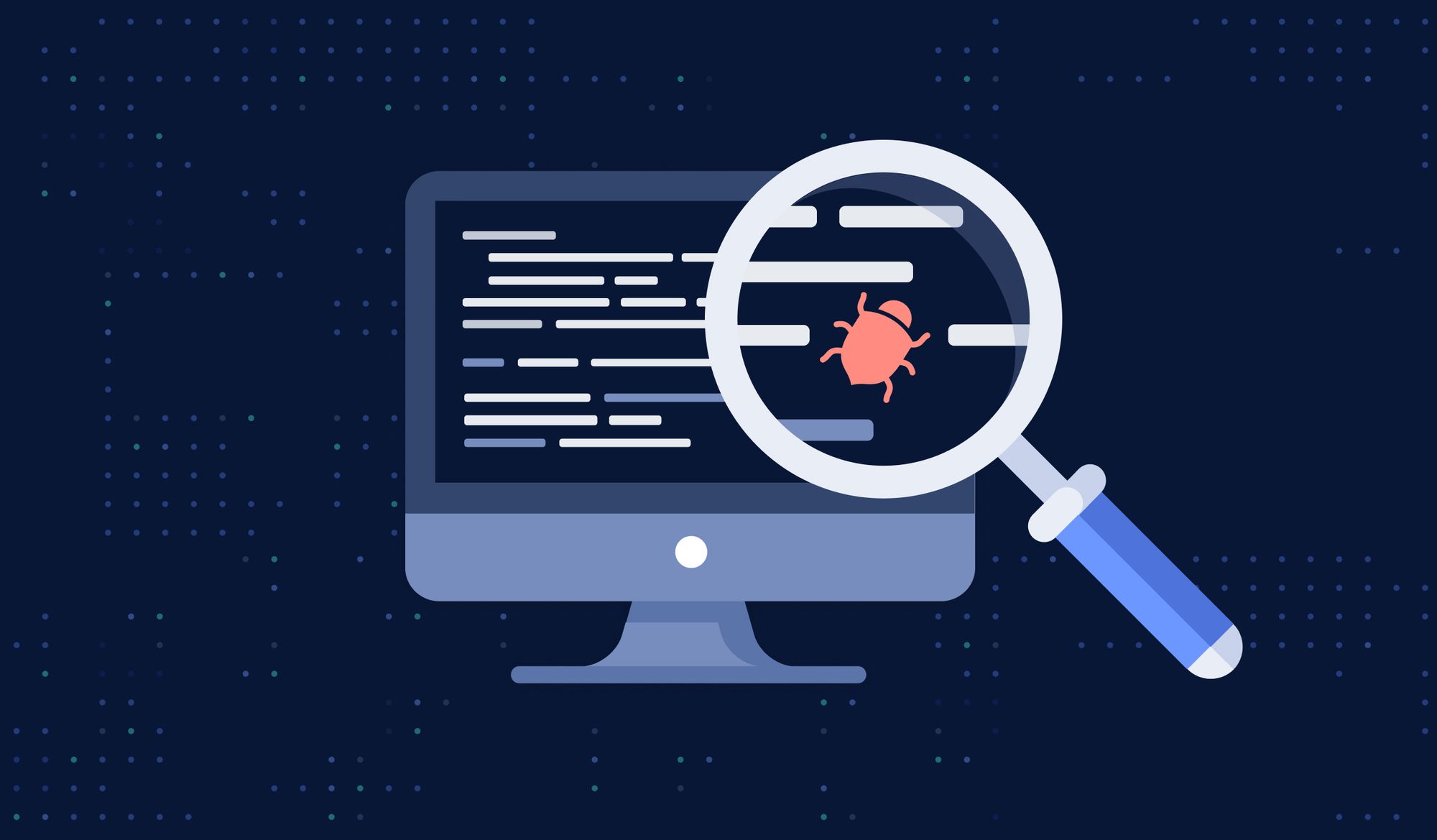Understanding Application Security
What is Application Security?
Application security involves measures and practices aimed at protecting software applications from external threats and vulnerabilities. It encompasses a wide range of strategies, including coding best practices, vulnerability testing, and the implementation of security protocols to safeguard applications from potential exploits and unauthorized access.
Importance of Application Security
-
Protects Sensitive Data: Ensures that user data and proprietary information remain secure.
-
Maintains User Trust: Builds confidence among users by ensuring the safety and integrity of applications.
-
Prevents Financial Loss: Helps avoid costs associated with data breaches and cyber-attacks.
Key Components of Application Security
Application Security Testing
Application Security Testing is a critical component of identifying and mitigating vulnerabilities within software applications. This process involves various techniques to assess the security posture of an application.
Types of Application Security Testing
-
Static Application Security Testing (SAST): Analyzes source code for vulnerabilities without executing the program.
-
Dynamic Application Security Testing (DAST): Evaluates the application in runtime to identify exploitable vulnerabilities.
-
Interactive Application Security Testing (IAST): Combines elements of both SAST and DAST for comprehensive analysis.
Managed Application Security Services
Managed Application Security involves outsourcing security processes to specialized service providers. These providers offer expertise in monitoring, managing, and mitigating security threats to ensure robust application security.
Benefits of Managed Application Security
-
Expertise and Experience: Access to skilled professionals with specialized knowledge.
-
Continuous Monitoring: 24/7 surveillance to detect and respond to threats promptly.
-
Cost-Effectiveness: Reduces the need for in-house security teams and resources.
Strategies for Managing Risks, Threats, Vulnerabilities, and Exploits
Risk Management in Application Security
Effective risk management involves identifying potential threats and vulnerabilities that could affect the application. This process includes assessing the likelihood and impact of these threats and implementing strategies to mitigate them.
Steps in Risk Management
-
Risk Assessment: Identify and evaluate potential security threats and vulnerabilities.
-
Risk Mitigation: Develop strategies to reduce or eliminate identified risks.
-
Risk Monitoring: Continuously monitor the security landscape to anticipate and respond to new threats.
Application Security Tools
Application Security Tools are essential for automating the process of identifying and addressing vulnerabilities. These tools help in conducting thorough security audits and assessments.
Popular Application Security Testing Tools
-
OWASP ZAP: An open-source tool for finding vulnerabilities in web applications.
-
Burp Suite: A popular tool for web application security testing.
-
Netsparker: An automated scanner that identifies vulnerabilities in web applications.
The Role of Application Security Consulting
Application Security Consulting Services
Application Security Consulting provides expert guidance and solutions to enhance the security of applications. Consultants assess the existing security posture, recommend improvements, and help implement security best practices.
Services Offered by Security Consultants
-
Security Assessments: Comprehensive evaluations of application security.
-
Policy Development: Assistance in creating security policies and protocols.
-
Training and Awareness: Educating teams on security best practices and threat awareness.
Enterprise Application Security
Enterprise Application Security focuses on securing applications within a corporate environment. This involves implementing rigorous security measures to protect enterprise applications from cyber threats.
Elements of Enterprise Application Security
-
Access Control: Ensuring only authorized users have access to sensitive information.
-
Data Encryption: Protecting data through encryption to prevent unauthorized access.
-
Regular Audits: Conducting regular security audits to assess and improve security measures.
Application Security Governance and Compliance
Application Security Governance
Application Security Governance involves establishing a framework for managing and overseeing application security within an organization. This includes setting policies, roles, and responsibilities to ensure consistent security practices.
Components of Security Governance
-
Policy Development: Establishing security policies and procedures.
-
Roles and Responsibilities: Defining roles and responsibilities for security management.
-
Compliance Monitoring: Ensuring adherence to security standards and regulations.
NIST Application Security Guidelines
The National Institute of Standards and Technology (NIST) provides guidelines and standards to enhance application security. These guidelines help organizations implement effective security measures to protect applications from cyber threats.
Visualizing Application Security
Application Security Threat Landscape
Below is a chart depicting the common threats faced by applications:
|
Threat Type
|
Description
|
|
SQL Injection
|
Malicious code injection in SQL statements
|
|
Cross-Site Scripting
|
Injecting scripts into web pages
|
|
Data Breaches
|
Unauthorized access to sensitive data
|
|
Denial of Service
|
Overloading systems to cause downtime
|
This chart highlights the key threats and emphasizes the need for robust application security measures.
Application security is critical to protecting digital assets and maintaining the integrity of software applications. Organizations can effectively manage risks and safeguard their applications from cyber threats by understanding the components, strategies, and tools involved in application security. Implementing comprehensive security measures and staying informed about emerging threats is essential for maintaining a secure application environment.

